Q & A with Andy Muir, Director of Student Activities at West Springfield HS
Q: Do you have one turf field or several?
A: We have one turf field.
Q: So how many years has it been since the first turf field was implemented [at West Springfield HS]?
A: It’s been about eight years. Fairfax HS was the very first school to get one, and West Springfield HS was the second school to get one implemented.
Q: Do you happen to know how much they paid for the full turf?
A: I think it was around a million dollars. It was a substantial amount of money
Q: Do you happen to know the type of fundraising or financial efforts that the school did?
A: I do, West Springfield specifically had it funded by the local youth organization . [It] funded the entire project. As a result of that funding, they got a ten year sole-use agreement for use on the weekends, and as soon as the school’s fall season and spring season is over, they get the use then, and they also get the use during the winter.
Q: What sports is the turf field used for?
A: We use it for football, field hockey, boys and girl’s lacrosse, soccer, another youth group has rugby matches on it. That’s really about it.
Q: Do you have natural grass fields?
A: We have one practice rectangular grass field and that’s a Bermuda grass [field].
Q: Have you found that athletes and coaches tend to like one [type of field] over the other?
A: They like the turf better. In essence, I think everyone loves a grass field, but the reality is grass gets worn down, it gets worn out. There are big patches of our right field now where we don’t have any grass, it’s just mud. [Turf is] a much more consistent surface. Obviously, the lines are always painted on it, so when you’re practicing, you’ve got them there. In the spring, we don’t paint our grass field just because there’s too many different sports with different lines, they just have an open grass area. So I think they like the consistency, I think probably the biggest impact is if today, we had rain for two hours, if you’ve got a grass field, it’ll be a little slippery, a little bit muddy. Our turf is ready to go as soon anytime.
Q: What’s the difference in maintenance costs for the Bermuda grass field versus your turf field?
A: There’s two aspects to it. When you go to grass fields, you have to have an appropriate mower and a lot of schools went to Bermuda grass, which is a grass that grows really well in the hot summer days which is when, as a school you’re not using the fields so it’s a great time. You have to have a real mower to do that. Then you also have to bring people in to put down chemicals, fertilizers, to get the grass to grow. Then you have to do what’s called aeration, which is when you take plugs of soil out to help the grounds stay soft. Then you’ve got to pay for the paint to paint the field, so there’s a lot of costs inherent with grass fields. And again, it doesn’t matter what you do, you cannot make a school grass field look like FedEx Field at the end of the season. It just gets worn out. In terms of the turf field, we do have a company come in and clean it once a year, and we do have to paint a few of the lines on the field because not every sport is on there permanently. We paint them season by season. So, in essence, the cost ratio is definitely a lot more money to maintain a grass field, but one aspect of the turf is (whether it’s the booster group or the school) has to put $15,000 away each year for ten years to have a fund available for when the turf carpet needs to be replaced. So if you take that $15,000 that’s what you’d spend on the grass field so the actual cost is probably fairly close between the two.
Q: So would you say it’s best for schools that don’t have turf fields, like AHS and J.E.B Stuart HS to switch to turf fields?
A: I would say for any school to get one would be a very positive and move forward. For many years West Springfield was an outlier because we had a turf and we often ended up with games being moved here, especially with the post season with tournaments and deadlines and people have to have a game finished by Friday, and it’s been raining all week and their field is flooded. We used to get a lot of sports coming here from other schools. Now with more turfs, that’s less common. Now, people go to different places and I think it’s the recovery of a field that’s as important for turf as it is on the day. It can rain for eight hours, stop raining and we’re ready to go and play. Whereas at AHS it can rain for eight hours and can we get the team out there? The field’s not going to dry, especially on a hot day, and I’d recommend any school can do it. If you look at football season, how long it takes to paint a football field, all grass, it’s almost two days to paint all the numbers and the lines. We [West Springfield] walk out there at 5:30, hand the ball to the referee and we’re ready to go cause everything’s there permanently so that helps a lot.
Q: So you haven’t seen any injuries or health risks associated with the turf?
A: No, I think the one aspect of turf that is there in the summer. In the summer it gets hotter. The ambient temperature on the turf is hotter. If it’s 80 degrees, it might be 95 degrees on the turf. But I think our staff understand that and take that into consideration. In reality, if it’s in the 80s and you’re doing physical activity, you’re going to be sweating anyways. Although you might sweat some more, we have water machines that students can drink from on the field, so we do take that into consideration. We’ve not seen a drastic rise in injuries. No [infections]. If someone’s out there and they bleed on the turf, we clean it up with a specific spray that the trainers have. It basically eliminates the blood and they wipe it up and its good. I don’t think we’ve had any greater significant injuries than anyone using grass fields. There’s always going to be a risk of injury. I’m not sure if the surface of the turf field has created more injuries. Generally speaking, I think we’ve had a pretty good track record of injuries with our kids. And when there is an injury, it’s always difficult to say if one surface would have stopped it versus another. Especially when its legs and ankles and knees.
Q: Any last thoughts about turf?
A: I think in terms of the impact it has on every aspect of school from Physical education classes to sports to the use by the community, I think it’s a positive thing to have happen,. We were very fortunate to have one of the first. Now I think the model is schools don’t get one turf, they get two turfs. So then it’s even more benefit to the school and the community. It is a large sum of money but if you look at it over the ten years of the turf, I think it’s a great investment of money, especially when the community can use it on weekends and at night. And when it does get replaced, the cost is a lot less because you’re just replacing the carpet, and all the draining work and substructure.
Q: Is [the money] worth it though?
A: I, 100 percent, think it is.

This is Christine Tamir's fourth year on the staff of The A-Blast. She is one of the two Editorials editorials for this school year. Besides the newspaper,...



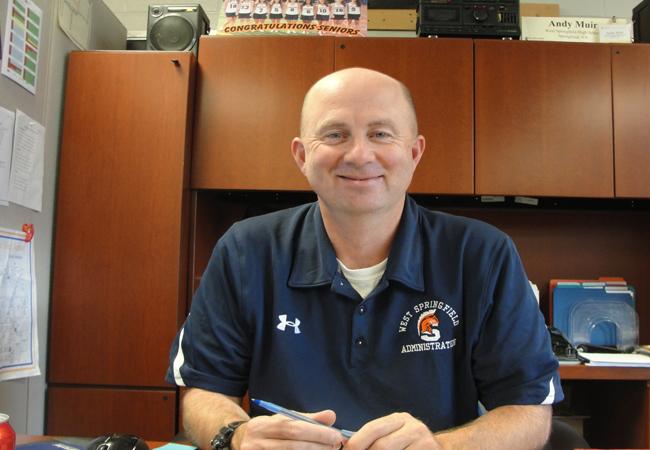
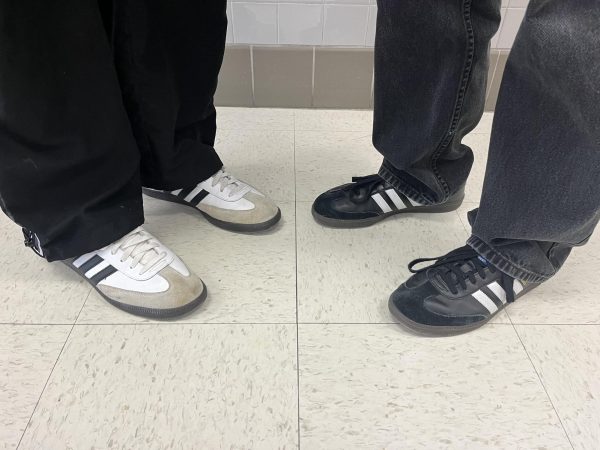
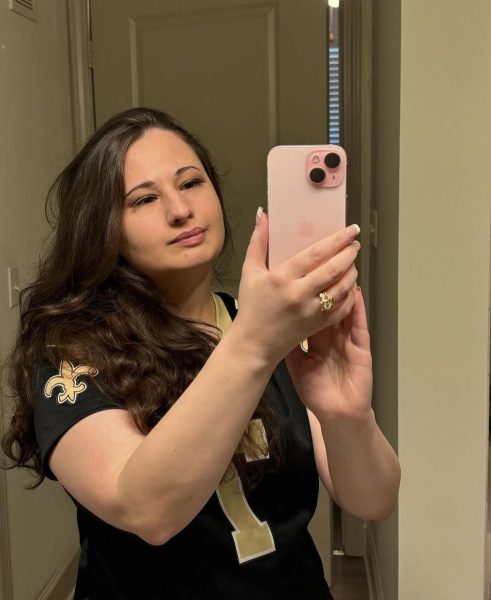
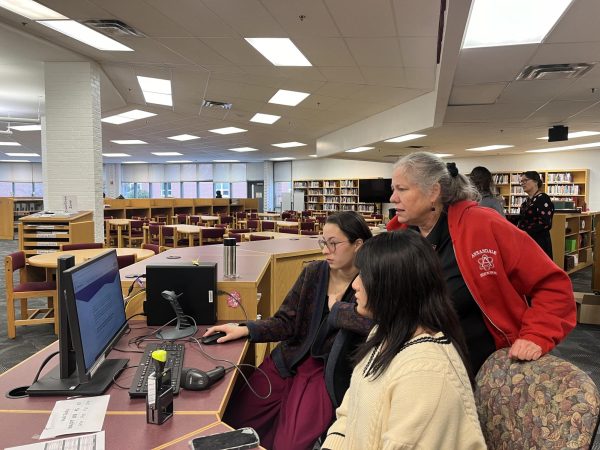
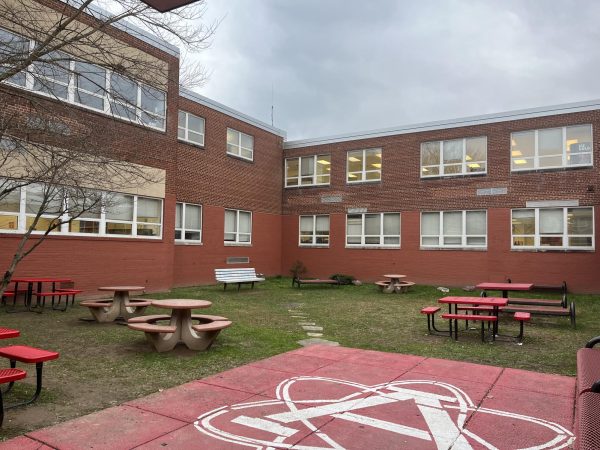
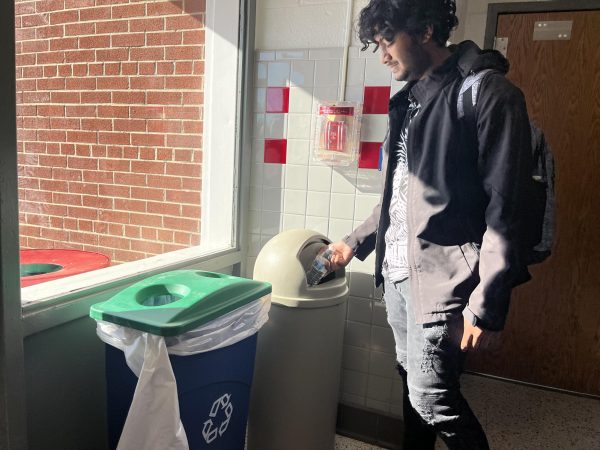
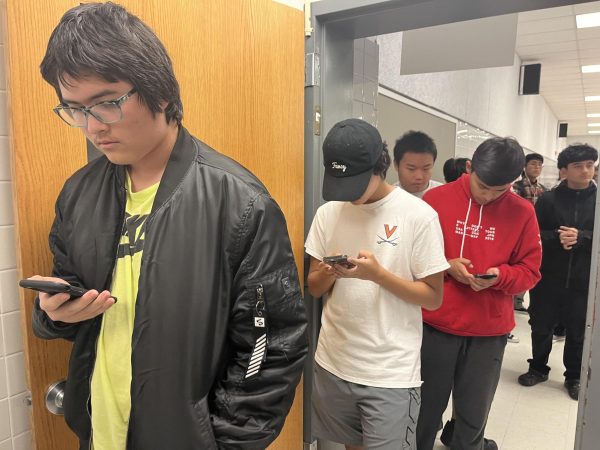
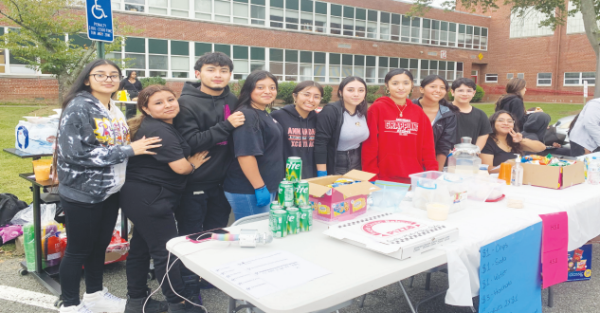
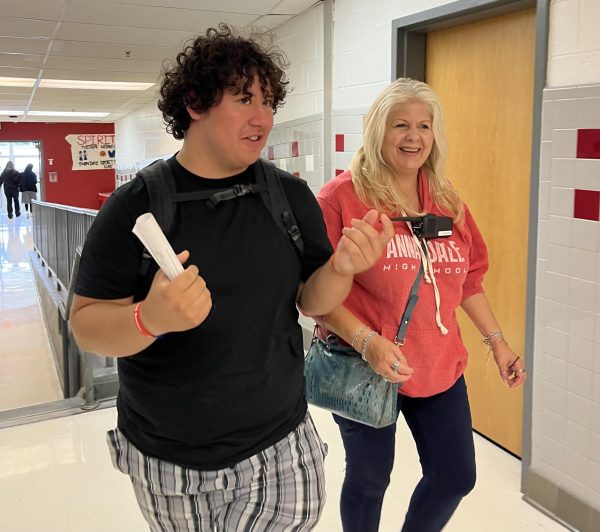
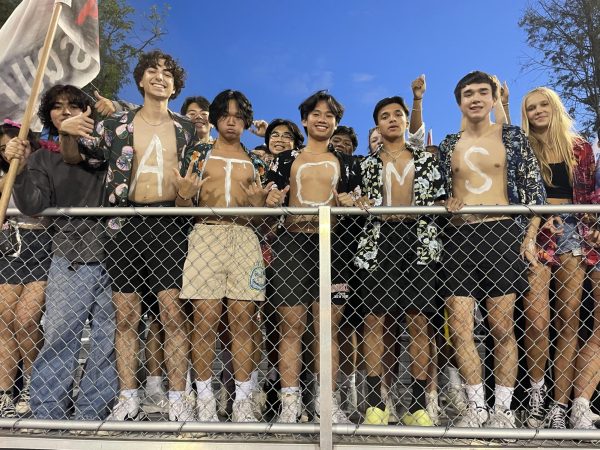
denise paoli Battlefield High School Haymarket,VA • Nov 15, 2013 at 10:37 am
Did he just forget to mention that the marching band uses thisfield too? Or aren’t they allowed to?